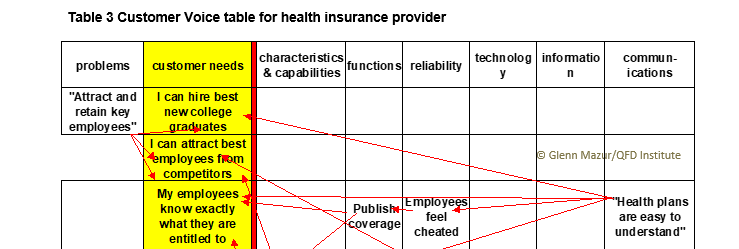Growing up in Detroit, a trip to the annual North American Auto Show was part of our way of life. As a small child, I was dazzled by the array of powerful looking cars and engines. As a teenager, my focus shifted from the curves of tail-fins and headlights to the curves of "booth babes."
Well, according to John D. Stoll and Anne Steele in their January 14 2015 Wall Street Journal article "The Evolution of Auto Show 'Booth Babes' - Today's Product Specialists Can Get $1,000 a Day to Show Off Cars, Gather Customer Intelligence," voice of customer (VOC) is all the rage.
These auto show models are now called "product specialists" and are trained to capture the voice of the customer and take notes, which are then communicated to the auto company for product changes and updates.
Car makers want to know "Are they interested in the economy anymore? Do they want brighter colors? What do they think of the aesthetics, the style, and the design?"
The article shares some of the conversations.
Over two years, [product specialist Ms. Fotiu] collected comments on [the Volt's] seating, radio controls and climate systems. Those comments played a role in GM's redesign efforts.
A Lexus customer asked, "Will they ever make a door that goes up in the back?"
"The Camry XSE rims are just plain ugly."
We are glad that automakers are making strides in listening to the customers in many more ways today. But what they do after collecting those voices is actually more important.
QFD experts will immediately recognize, however, that these customer voices are all about product, and not true customer needs. To get the best results from a QFD study, the VOC must be translated into true customer needs. Here is why:
A VOC about product is a solution to one customer's problem. The solution may not work for other customers. Customers are not required to see the big picture. The company is.
Customers are not experts in solutions; the company is. Why would we let non-experts tell experts how to do their job?
Customers are experienced with the past, but new product design is about the future. I think the late Dr. Ackoff described it best - "It's like trying to drive your car by looking in the rear-view mirror." Customers can't imagine the technology of tomorrow.
Solutions are complex. Customers asking for one feature may not know what else is required or what trade-offs might be needed.
Customers themselves may not know what they want in a product.
The customers may be incomplete.
Customers may be wrong!
Since our purpose in QFD is to focus our developmental efforts where they will create the best value for both the customer and the company, only gathering the Voice of the Customer is incomplete. We must then translate the VOC into true customer needs. Here is why:
True customer needs reflect the benefit to the customer, where they are the expert.
True customer needs can be more accurately prioritized by the customer into key needs because they have better knowledge about their needs than about product features.
True customer needs explain "why" the customer wants something, not what they want. This is a core principle of QFD going back to Drs. Mizuno and Akao's 1978 book.
When design teams understand "why," they can better translate key benefits into key functional requirements. This allows the team to invent technologies to these key functional requirements. Invention that addresses a key benefit to the customer is true innovation.
The Modern QFD tool for translating voice of customer into true customer needs is the Customer Voice table (CVT). This table takes practice and skill to analyze and interpret raw VOC into refined customer needs. The basic CVT is taught in QFD Green Belt® course and an advanced model in the QFD Black Belt® course.




